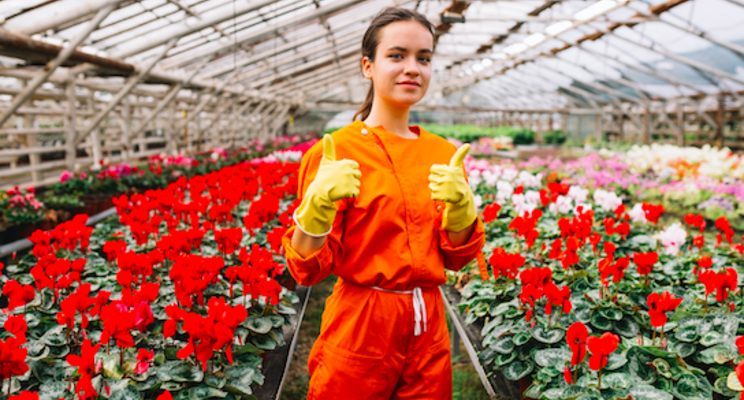Researchers help CEA growers maximize water use
Added on 27 January 2022

In 2019, the Water Education Alliance for Horticulture and the Clean WateR3, a federally funded, multi-state Specialty Crops Research Initiative grant focused on research and outreach to help growers reduce, remediate, and recycle irrigation water, released a report on greenhouse and nursery water management research priorities. This report offered a closer look at some of the major production challenges related to irrigation and solutions such as technology adoption, alternative water sources, and more.
Since then, Paul Fisher, Ph.D., a Professor and Extension Specialist in the Environmental Horticulture Department at the University of Florida (UF), says one more major issue has emerged: the importance of a fully trained growing team at a time when labor resources are scarce.
"Irrigation is one of the most complex and core tasks in young plant and indoor production," Fisher says. "But despite the many factors that affect plant water use and irrigation decisions, it still comes down to having smart, well-trained growers."
Recently, Fisher and other researchers, including Dr. Ryan Dixon at the University of Arkansas, have been looking at smart water treatment and fertilizer management through recirculating irrigation systems.
"We are modeling mass balance in hydroponics or ebb-and-flood, to help growers understand and take an AI approach to manage inputs and outputs of water and nutrients," Fisher says. "For example, sodium in the water source is an input that can build up over time and interfere with nutrient uptake. If a grower continues to add a high rate of calcium in the nutrient solution over time, this ion is taken up more slowly by plants than nutrients such as potassium, and the ratio of nutrients changes (increasing calcium and less potassium)."
In the ornamentals industry, there are also more young plant growers seeking a completely controlled environment for plant cuttings.
"Many leading growers are adding technology that provides greater consistency," Fisher says. "The standard approach is to control mist and fog using vapor pressure deficit (VPD) or other climate-based models of evapotranspiration."
This approach, Fisher says, helps better manage the moisture level around the cuttings, including within the growing media.
When it comes to emerging irrigation technology for young plant growers, Fisher says much of it is based around environmental control.
"Dr. Celina Gómez at UF and our graduate students are doing research with indoor propagation of cuttings, and we see innovative growers investing in completely indoor propagation environments under LEDs," Fisher says. "They have certain species that are really hard to root in a greenhouse environment because it's too variable or hot in the summer. Rooting often comes down to irrigation, and there's a very fine line between irrigating enough to hydrate cuttings and overirrigation and waterlogging the growing medium. Leading growers such as Battlefield Farms and Metrolina Greenhouses are bringing cuttings indoors on germination racks so they can monitor and control light, temperature, and moisture levels. In our own experience at UF, when you can control every aspect of the propagation environment, it exposes what you don't know - there are no excuses."
Click here to read more.
Photo created by freepik - www.freepik.com
Source: Greenhouse Grower
More news















